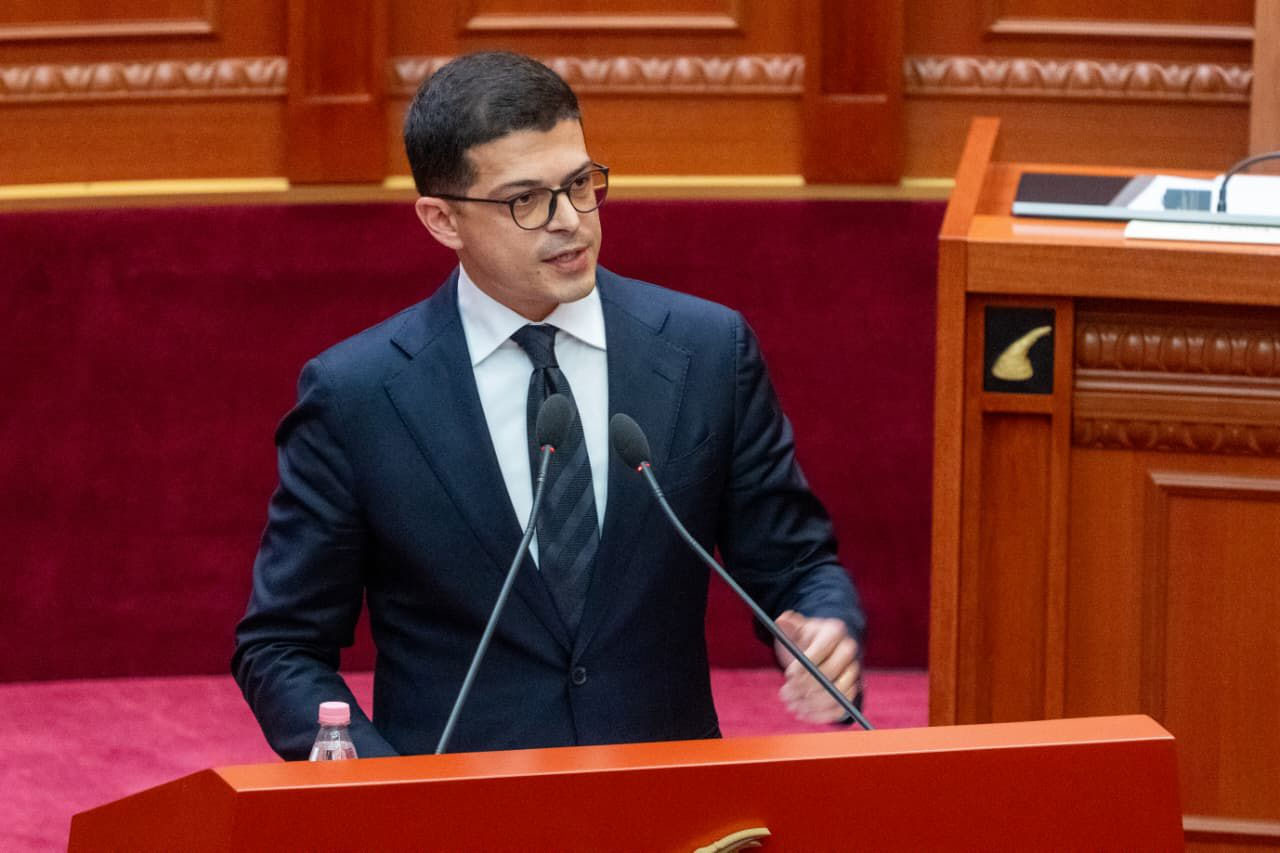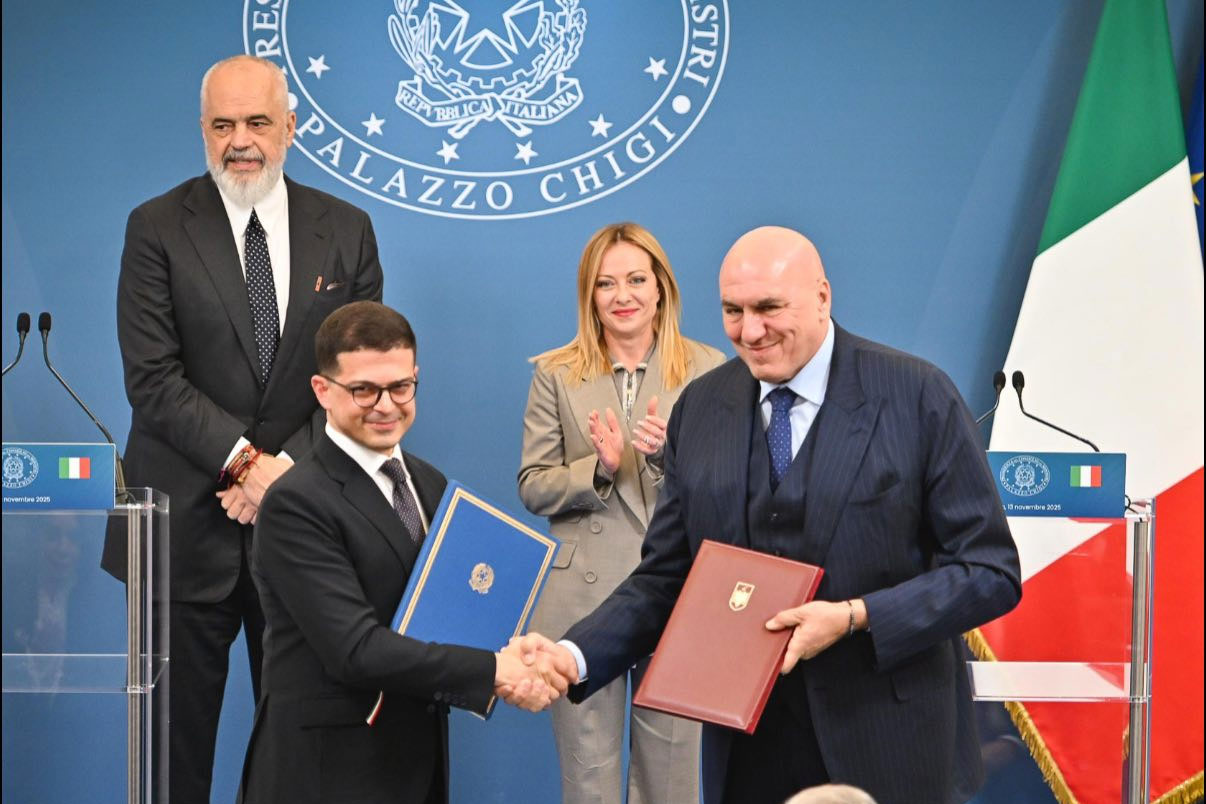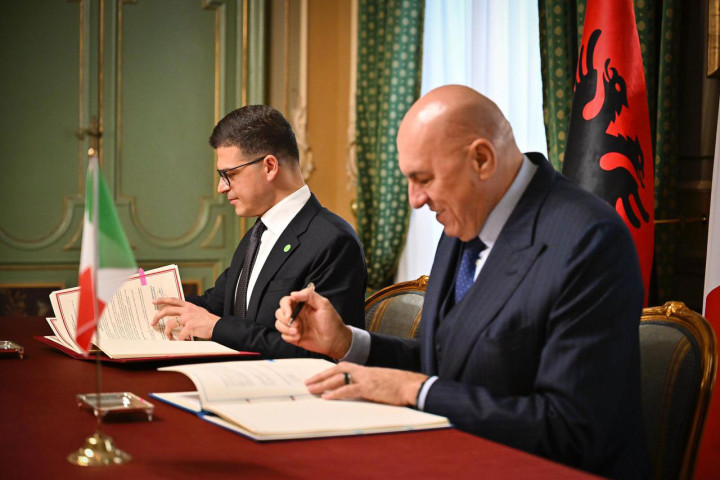NATO
NATO’s essential purpose is to safeguard the freedom and security of its members through political and military means.
Political - NATO promotes democratic values and encourages consultation and cooperation on defence and security issues to build trust and, in the long run, prevent conflict.
Military - NATO is committed to the peaceful resolution of disputes. If diplomatic efforts fail, it has the military capacity needed to undertake crisis-management operations. These are carried out under Article 5 of the Washington Treaty - NATO’s founding treaty - or under a UN mandate, alone or in cooperation with other countries and international organizations.

European Union (EU)
The Ministry of Defence coordinates the institutional work on aspects of EU integration, in close cooperation with the Ministry of European Integration, Ministry of Foreign Affairs and other central institutions and common structures. The respective department at the Ministry of Defence directly involved in the process has the following tasks:
 Coordination of the drafting and updating process of Defence Sector Strategy in the framework of the National Strategy for Development and Integration (NSDI).
Coordination of the drafting and updating process of Defence Sector Strategy in the framework of the National Strategy for Development and Integration (NSDI). Coordination of the process for financial planning and priority policies of the Ministry of Defence, in cooperation with the Department of Finance and in accordance with the EU’s “acquis communitaire”.
Coordination of the process for financial planning and priority policies of the Ministry of Defence, in cooperation with the Department of Finance and in accordance with the EU’s “acquis communitaire”. Monitoring of the National Plan for the Implementation of the Stabilisation and Association Agreement (NPISAA).
Monitoring of the National Plan for the Implementation of the Stabilisation and Association Agreement (NPISAA). Preparation of progress reports for the European Commission, through the Ministry of Integration.
Preparation of progress reports for the European Commission, through the Ministry of Integration. Monitoring of the process, in the framework of participation in military missions of Common Security of Defence Policy (CSDP), in cooperation with the Ministry of Foreign Affairs and General Staff of the Armed Forces.
Monitoring of the process, in the framework of participation in military missions of Common Security of Defence Policy (CSDP), in cooperation with the Ministry of Foreign Affairs and General Staff of the Armed Forces. Coordination with the Ministry of Defence’s structures for priority funding by the community assistance, based on the priorities stemming from the Defence Sector Strategy.
Coordination with the Ministry of Defence’s structures for priority funding by the community assistance, based on the priorities stemming from the Defence Sector Strategy.

International and Regional Organization
The so-called Western Balkan countries, Albania, Croatia, and Macedonia, as member countries of Partnership for Peace (PfP) and Euro-Atlantic Partnership Council (EAPC) after the Summit of Prague in 2002, when invitation were sent to seven out of ten aspiring countries, decided to follow the same path as the former Baltic countries, called “Vilnus Group”, successfully did. The creation of A-3 group is part of the vision to integrate the entire region into NATO Alliance, following the fulfilment of all the required conditions.
SEDM, Its Role, Dinamics, Engagement And Extention In South East Europe
Southeastern European Defence Ministerial (SEDM) continues to be a real proof of consolidated bridges of friendship and cooperation, which we have been capable to build during these years by strengthening the good will and joint objective.
SEDM or in other words, the Process of Engagement of South East European countries in Ministerial level, is a process of integration and cooperation in the field of security and regional defence. Founded in 1996 in Tirana, with the participation of all the South East European countries and USA, SEDM today reflects the success of cooperation and regional integration.
The most representative element of the SEDM process is undoubtedly MPFSEE Initiative. MPFSE otherwise known as the Multinational Peace Force Southeastern Europe (SEEBRIG) consists of 7 member countries: Albania, Bulgaria, Greece, Italy, Former Yugoslav Republic of Macedonia, Romania and Turkey and five observer countries are: USA, Ukraine, Bosnia & Herzegovina, Slovenia and Croatia.
Centre for Security Cooperation (RACVIAC)
Legal status - RACVIAC agreement for membership of Albania was ratified by the Parliament of Albania by Law no. 10326, dated 30.09.2010. The centre is regionally owned and it is an international organization with diplomatic status, non-profit, academic and responsible for its political decisions driven by its Multinational Advisory Group (MAG).

Articles from Newsroom
Thursday, 20 November 2025

Friday, 14 November 2025

Thursday, 13 November 2025

Minister Vengu: The 2026 Defence Budget, the most ambitious since NATO membership
Wednesday, 12 November 2025
Ministers Vengu and Sala at the Northern Infantry Regiment: Protecting life, a shared Mission
Saturday, 01 November 2025